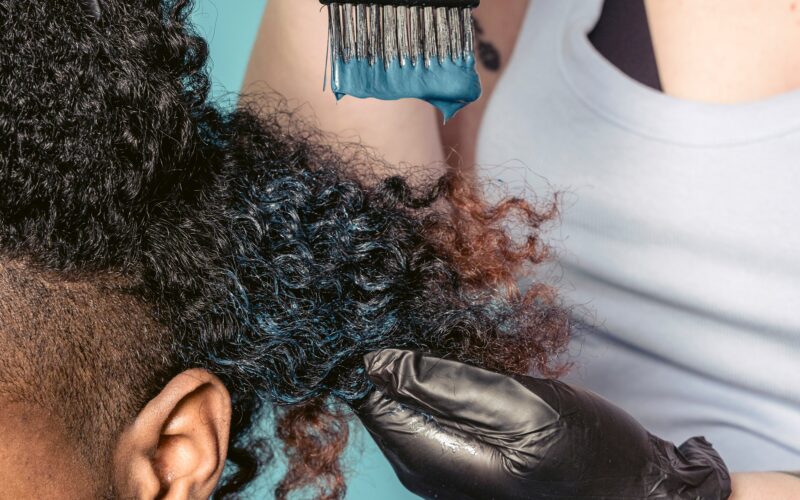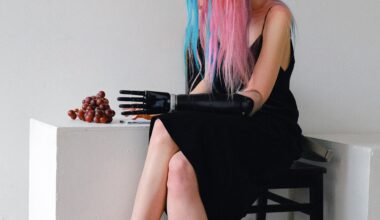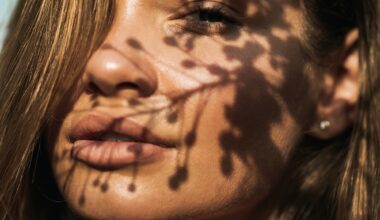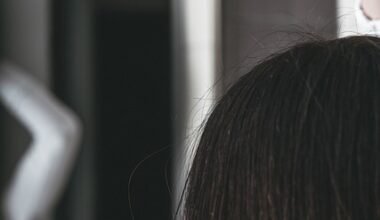Understanding the Timeline of Hair Coloring: What to Expect
Hair coloring has a rich history that dates back to ancient times. People have always been fascinated by color and have sought ways to enhance their appearance by dyeing their hair. Throughout the ages, different techniques and materials have been used to achieve desired hair colors. Today, we have a wide range of options when it comes to hair color, but it’s important to understand the timeline of hair coloring and what to expect during the process.
The History of Hair Color: From Ancient Times to Modern Techniques
The Origins of Hair Dye in Ancient Civilizations
The use of hair dye can be traced back to ancient civilizations such as Egypt and India. In these early cultures, natural pigments like henna were used to color the hair. Henna, a plant-based dye, provided a reddish-brown color and was widely popular among people seeking a change in their hair color.
The Evolution of Hair Coloring Techniques throughout History
As civilizations advanced, so did the techniques and materials used for hair coloring. In ancient Rome, people used mixtures of olive oil, saffron, and other plant extracts to create different hair colors. The use of hair color became a symbol of social status and wealth, with nobles often having the most elaborate hair colors.
Eugene Schueller and the Invention of Synthetic Dye
In the 19th century, the use of natural dyes was still prevalent, but it was Eugene Schueller, a French chemist, who revolutionized the hair color industry. He created the first synthetic hair dye, which allowed for a wider range of color choices and a longer-lasting effect. Schueller’s invention paved the way for modern hair color products and the future of hair coloring.
Types of Hair Color and Their Effects
Understanding Permanent Hair Color and How it Works
Permanent hair color is the most popular choice for those looking to make a lasting change to their hair color. It works by penetrating the hair shaft and depositing color molecules that stay in the hair even after multiple washes. Permanent hair dye usually requires the use of a developer, which helps to open up the hair cuticle and allow the color to penetrate deep into the hair.
The Benefits and Drawbacks of Henna Hair Dye
For those looking for a more natural alternative, henna hair dye is a popular choice. Derived from the henna plant, this dye provides a reddish-brown color that can be quite vibrant. One of the benefits of henna is that it is a natural dye, free from harsh chemicals that can damage the hair. However, henna is a semi-permanent dye and may require more frequent touch-ups compared to permanent hair color.
Lightening Hair: How to Achieve the Desired Shade
Lightening hair is a common technique used to achieve a desired shade, such as blonde or light brown. The process involves using hair bleach or lightening agents to lift the natural color of the hair. This can be a delicate process that requires skill and attention to avoid damage to the hair. It is important to consult with a professional hairstylist when considering lightening your hair.
The Timeline of Hair Coloring: What to Expect during the Process
The Stages of Color Application: Preparing the Hair
Before applying hair dye, it is important to prepare the hair properly. This may involve washing the hair to remove any styling products or oils that can interfere with the color application. It is also important to protect the skin around the hairline and ears with petroleum jelly or a barrier cream to prevent staining.
The Coloring Process: Applying the Dye and Waiting for Results
Once the hair is prepared, the hair dye can be applied. The color should be blended evenly and saturate the hair from root to tip. After the dye is applied, it is important to follow the recommended processing time to allow the color to develop. This can vary depending on the type of hair dye and desired results.
Post-Color Care: Maintaining and Protecting the New Hair Color
After the hair dye has been rinsed out, it is important to take care of the new hair color to maintain its vibrancy. This may involve using color-safe shampoos and conditioners, avoiding excessive heat styling, and protecting the hair from the sun’s harmful UV rays. Regular touch-ups may also be necessary to keep the color looking fresh.
The Rise of Natural Hair Color: Embracing Your Roots
Understanding Natural Hair Color and its Benefits
Natural hair color refers to embracing the color that naturally grows out of your scalp. This can include shades of brown, black, blonde, red, or even gray. Embracing natural hair color comes with various benefits, such as avoiding the use of harsh chemicals found in synthetic dyes and embracing the uniqueness of your own hair.
Exploring Alternatives to Synthetic Dyes
With the growing demand for more natural alternatives, there are now various alternatives to synthetic dyes available on the market. These include plant-based dyes like henna, herbal hair dyes, and natural henna alternatives. These alternatives provide a more gentle way to change hair color without the use of harsh chemicals.
The Growing Trend of Embracing Gray Hair
One of the recent trends in hair coloring is embracing gray hair. Instead of covering up gray strands, many people are now choosing to let their natural gray hair shine. Gray hair can be a stunningly beautiful color choice and is often associated with confidence and wisdom. It represents embracing the natural process of aging.
Common Hair Coloring Problems and How to Solve Them
Overlapping Colors: Dealing with Color Build-Up
One common problem when dyeing hair is overlapping colors, which can result in color build-up and an uneven appearance. To solve this issue, it is important to thoroughly remove any previous hair dye before applying a new color. This can be achieved by using color-removing products or seeking professional help.
Fixing Uneven Hair Color: Tips for Achieving a Balanced Look
If the hair color application results in an uneven appearance, there are ways to fix it. One option is to visit a professional hairstylist who can assess the situation and make necessary adjustments. Another option is to use a color-correcting product specifically designed to address uneven hair color.
Color Fading: How to Maintain Vibrant Hair Color
Color fading can be frustrating, especially if you have invested time and effort in achieving a vibrant hair color. To maintain the vibrancy of your hair color, it is important to use color-safe shampoos and conditioners, avoid excessive heat styling, and protect your hair from sun exposure. Regular touch-ups will also help keep your hair color looking fresh.
As you can see, the timeline of hair coloring has evolved over the centuries. From ancient civilizations to modern techniques, there are endless possibilities when it comes to changing your hair color. Whether you prefer natural hair color or want to experiment with different shades, there are options to suit everyone’s preferences. Just remember to consider the health of your hair and consult with a professional hairstylist for the best results.
Q: Are hair dye chemicals harmful?
A: Hair dye chemicals can potentially be harmful, especially when used incorrectly or in excessive amounts. It is important to follow the instructions provided by the manufacturer and perform a patch test to check for any adverse reactions before applying the dye to your hair.
Q: What is dye?
A: Dye is a substance that is used to change the color of something. In the context of hair dye, it refers to the chemicals or natural ingredients used to alter the color of the hair.
Q: What is permanent hair dye?
A: Permanent hair dye is a type of hair color that is designed to last for a long time, typically until the hair grows out. It contains chemicals that penetrate the hair shaft and permanently alter its color.
Q: What is henna?
A: Henna is a natural plant-based dye that has been used for centuries to color hair, skin, and fabrics. It is often used to create temporary hair color and can provide a range of shades from red to brown.
Q: Is permanent hair color the same as hair bleach?
A: No, permanent hair color and hair bleach are different products. Permanent hair color is used to change the color of the hair, while hair bleach is used to lighten the natural color of the hair.
Q: What are synthetic dyes?
A: Synthetic dyes are artificial colorants that are created through chemical processes. They are commonly used in hair dyes to achieve a wide range of colors and shades.
Q: Can dyeing your hair cause damage?
A: Yes, dyeing your hair can cause damage if not done properly or if done too frequently. Hair dyeing involves chemical processes that can weaken the hair and make it more prone to breakage.
Q: How can I take care of my hair after dyeing?
A: After dyeing your hair, it is important to use hair care products specifically designed for color-treated hair. These products can help maintain the color and condition of your hair.
Q: Can hair dye change the color of hair without bleach?
A: Yes, hair dye can change the color of hair without the use of bleach. There are hair dye products available that are designed to work on darker hair colors and provide color choices beyond black or blonde without bleaching.
Q: What is the history of hair dye?
A: The use of hair dye can be traced back thousands of years. The first documented case of dyeing hair can be found in Ancient Egypt, where henna and other plant extracts were used to color hair. Since then, hair dye has evolved, and synthetic dyes have been developed to provide more permanent and varied color options.




